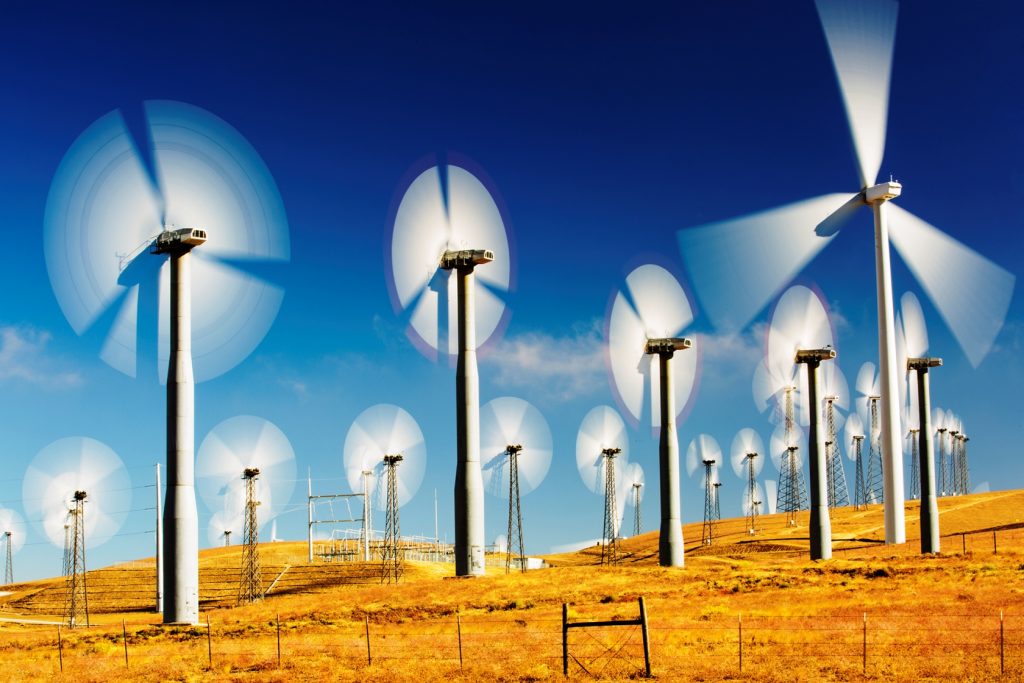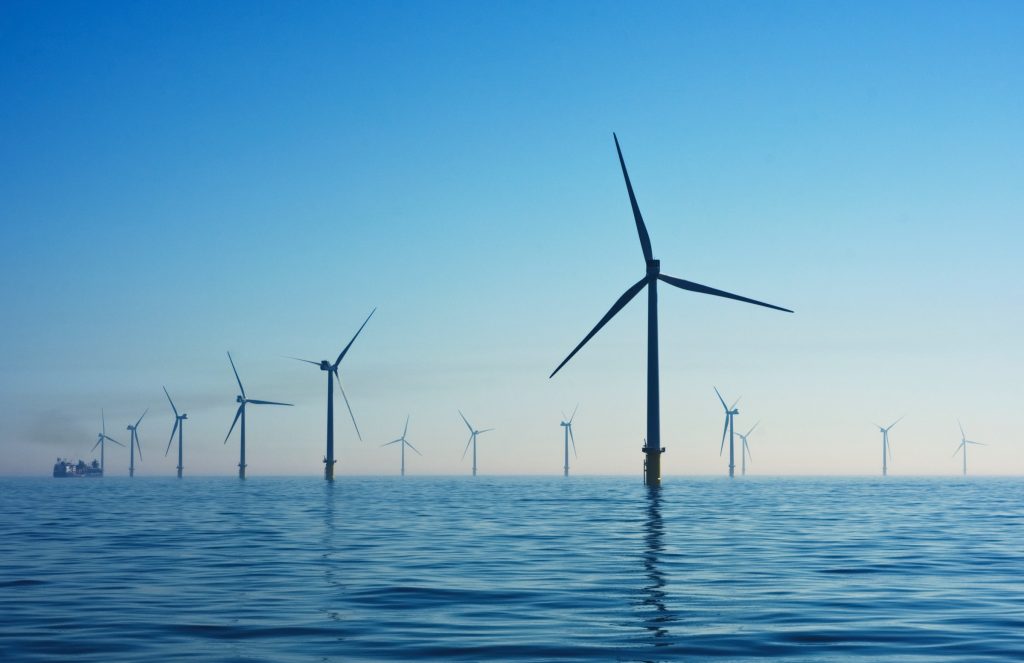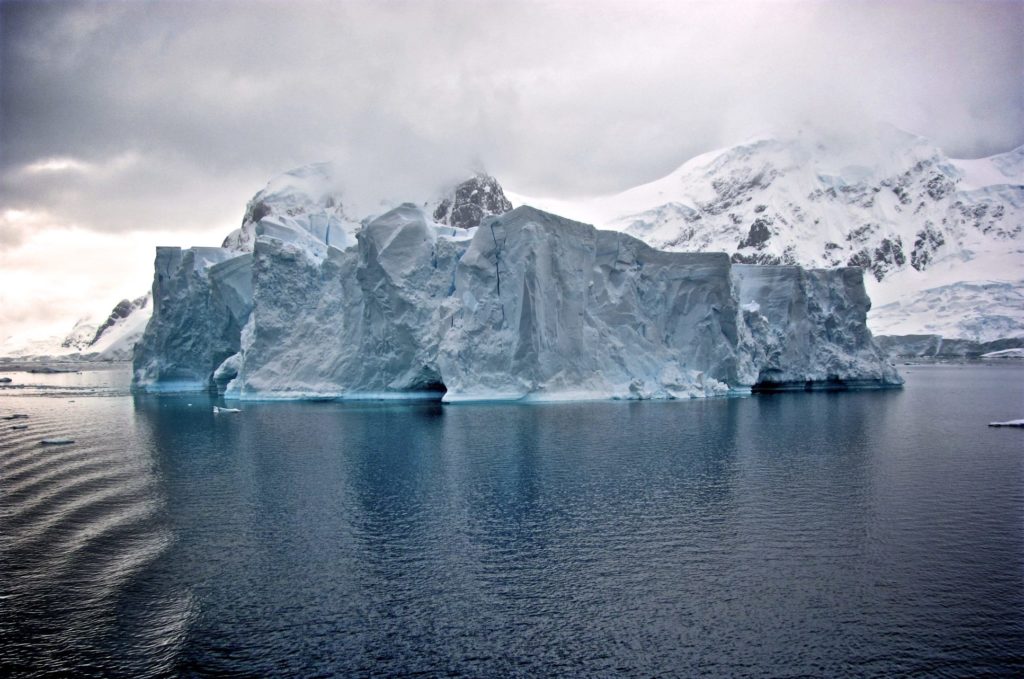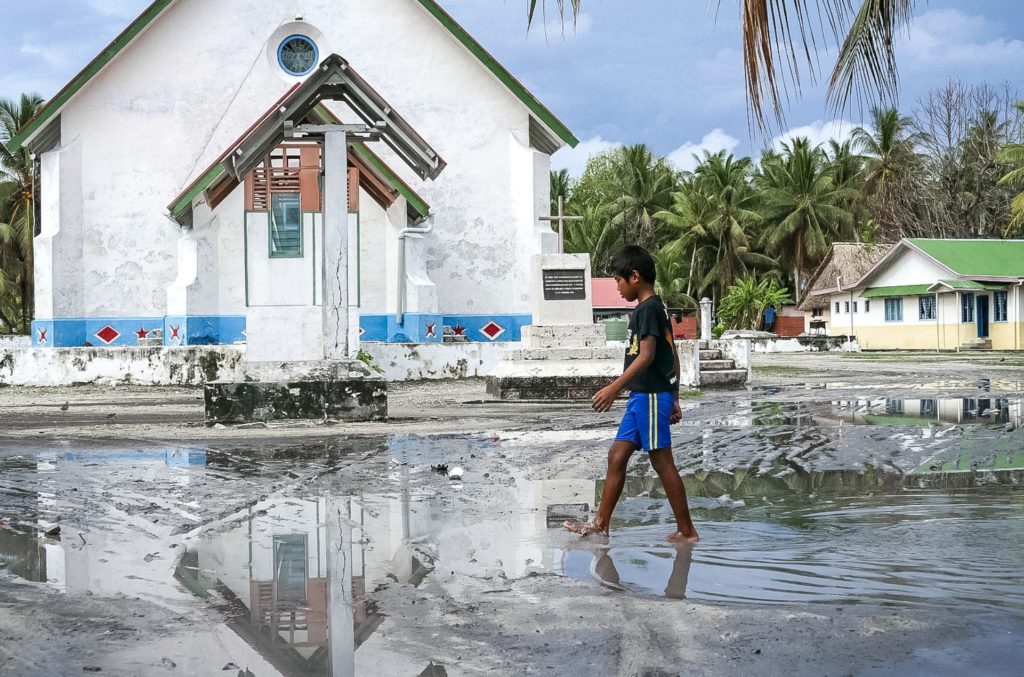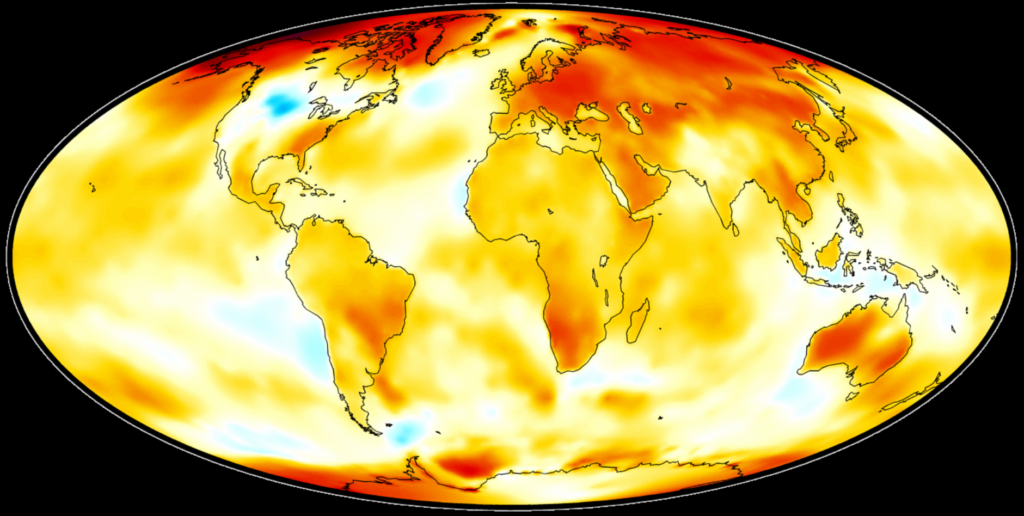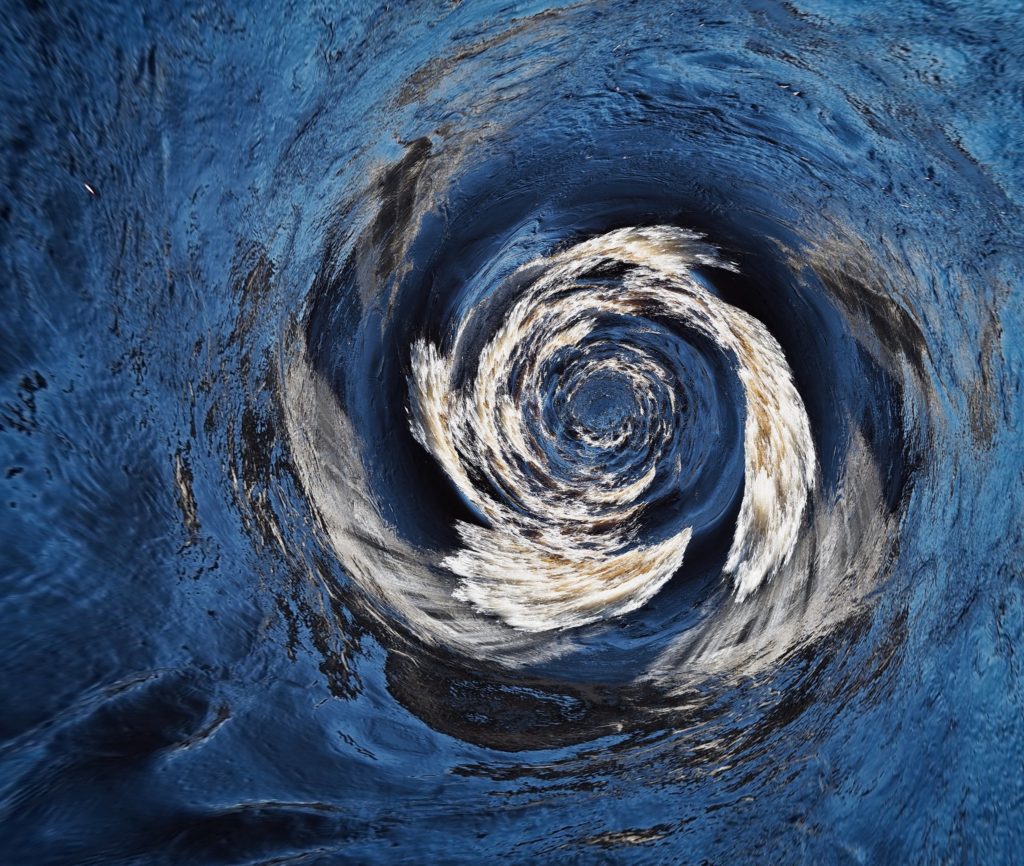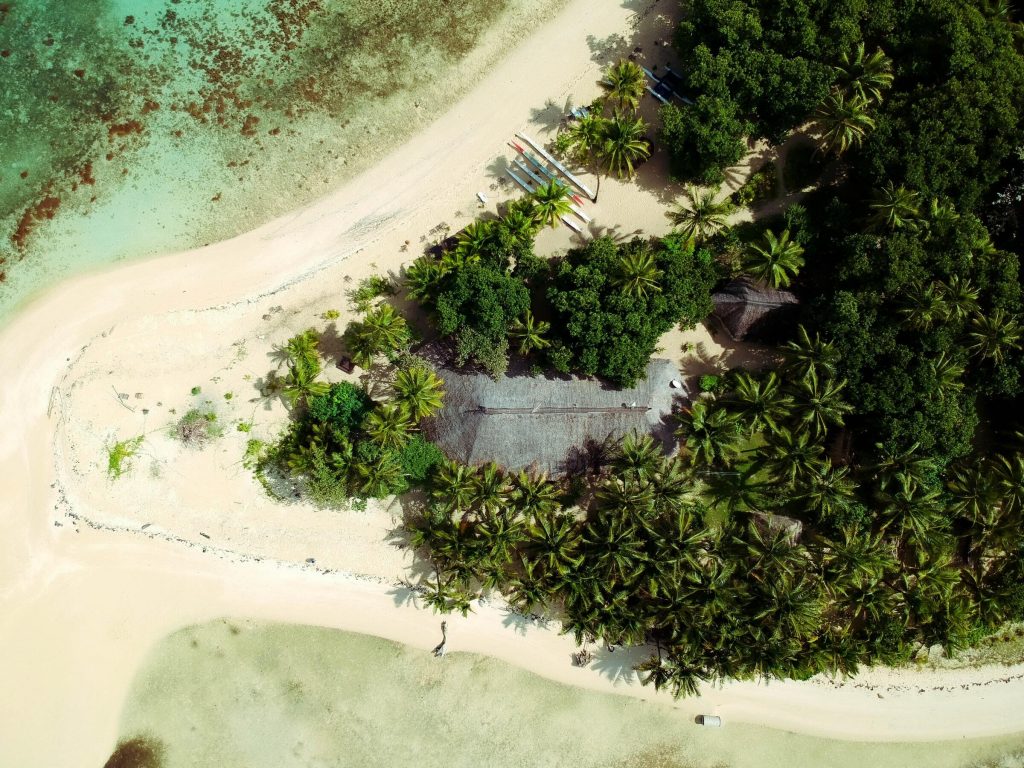
Unheard voices: Climate change as a matter of social justice
by Ella Healy and Ana Ross
Inequalities exacerbated by climate change cannot be communicated without involving the frontline communities experiencing its worst impacts. Effective communication strategies serve to eradicate – rather than perpetuate – these inequalities, and offer a more nuanced, empowered representation of those most vulnerable to climate change.

